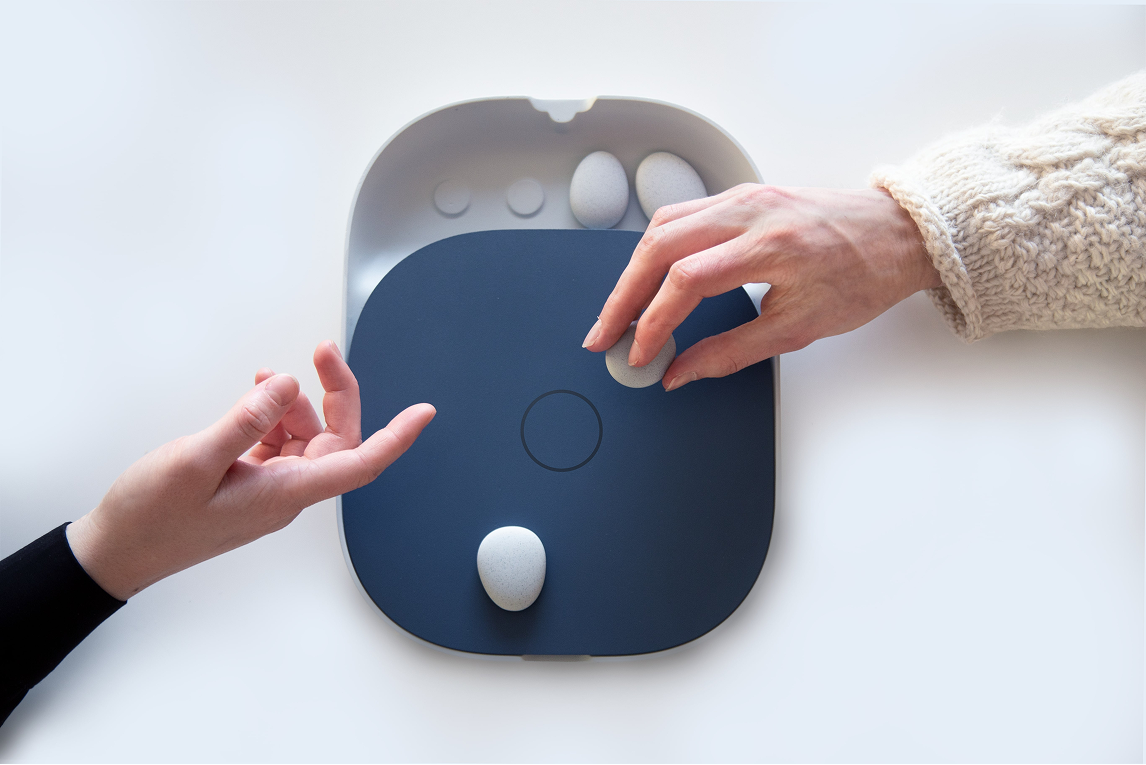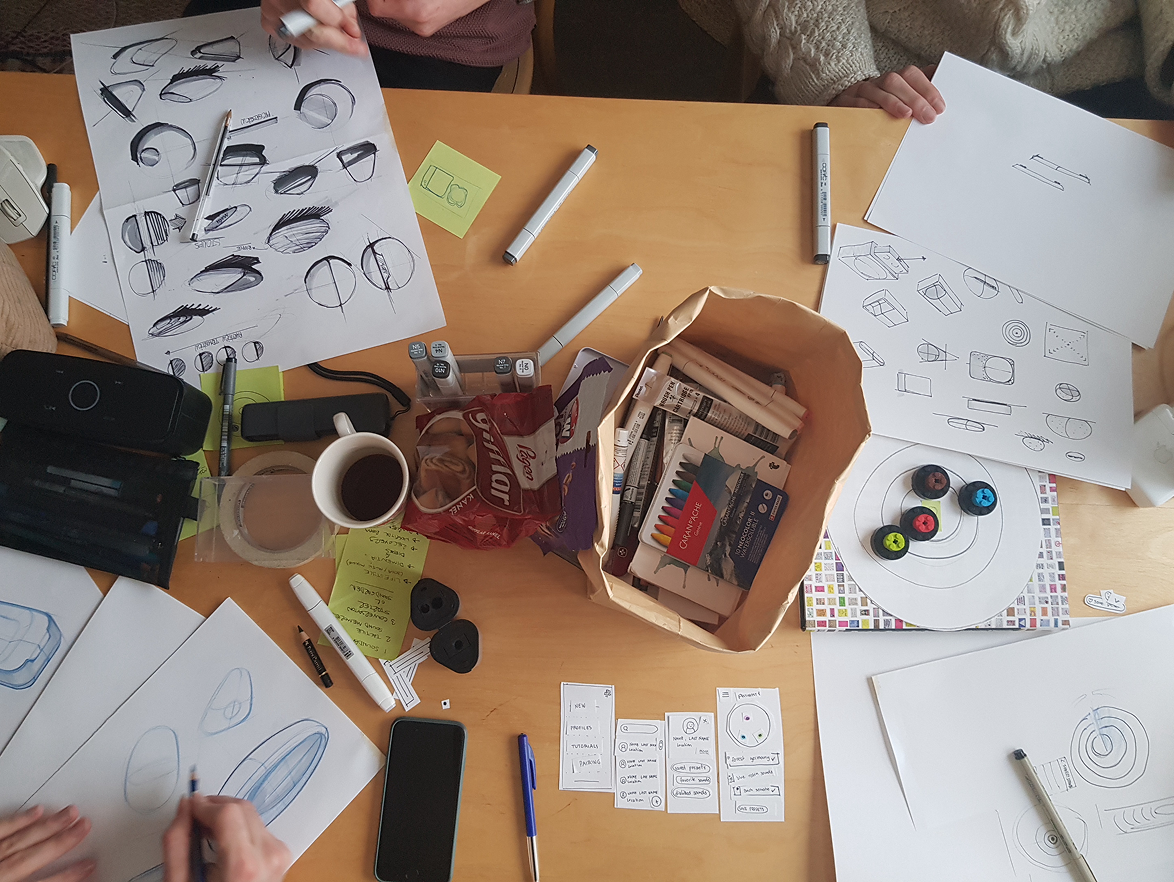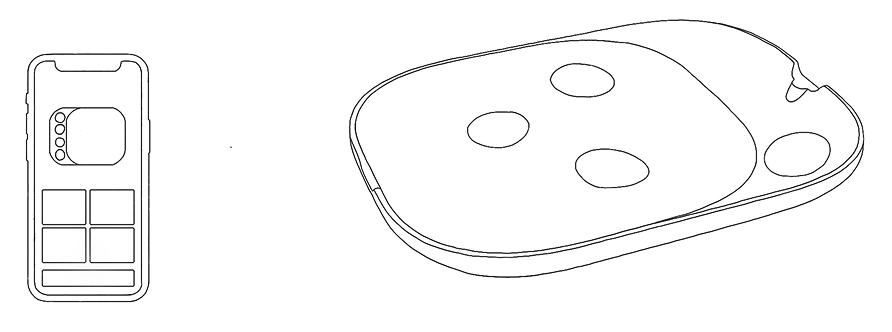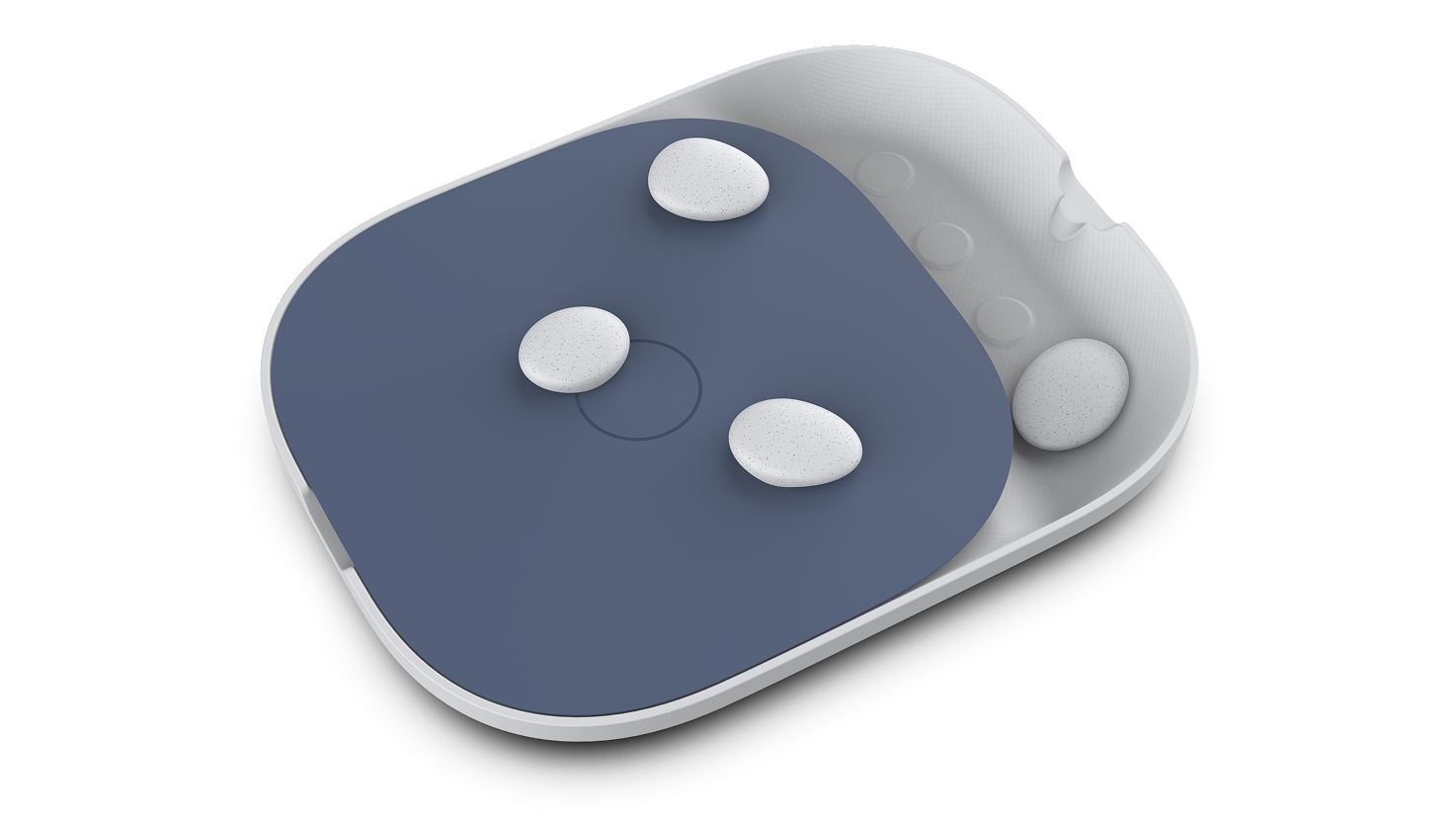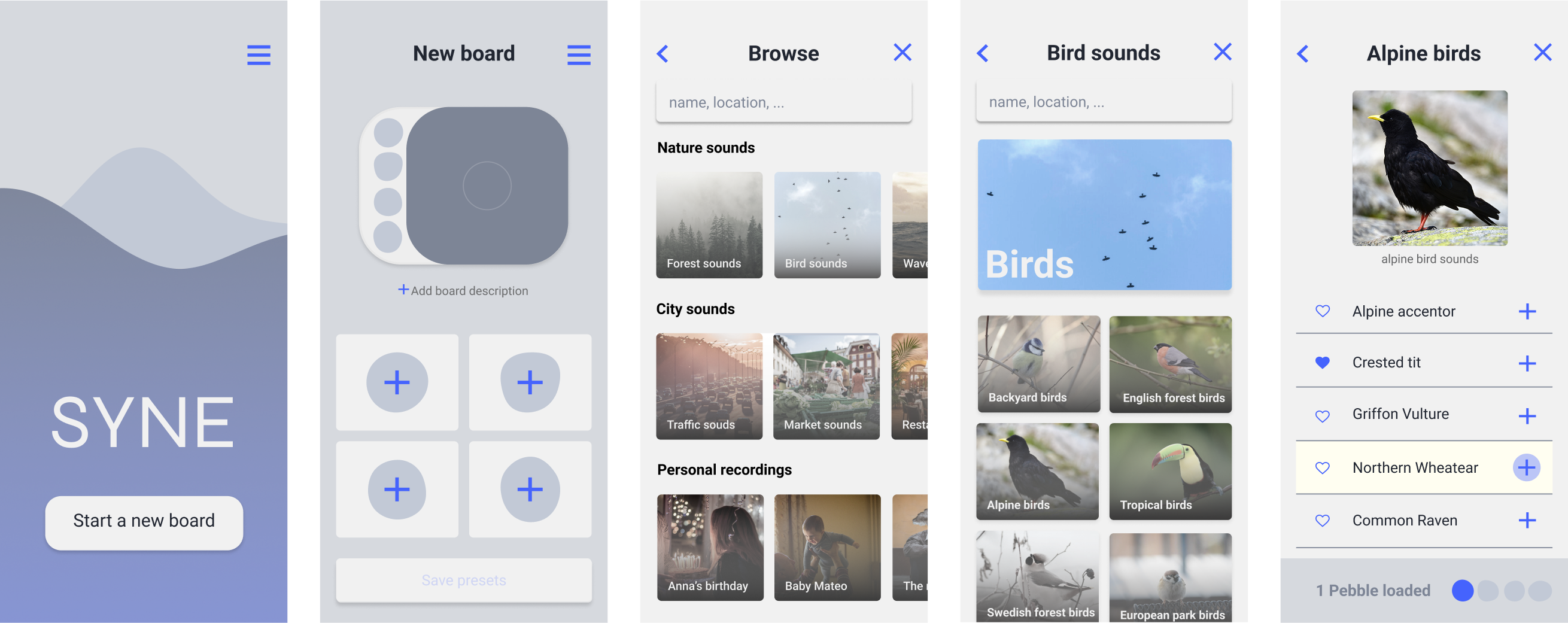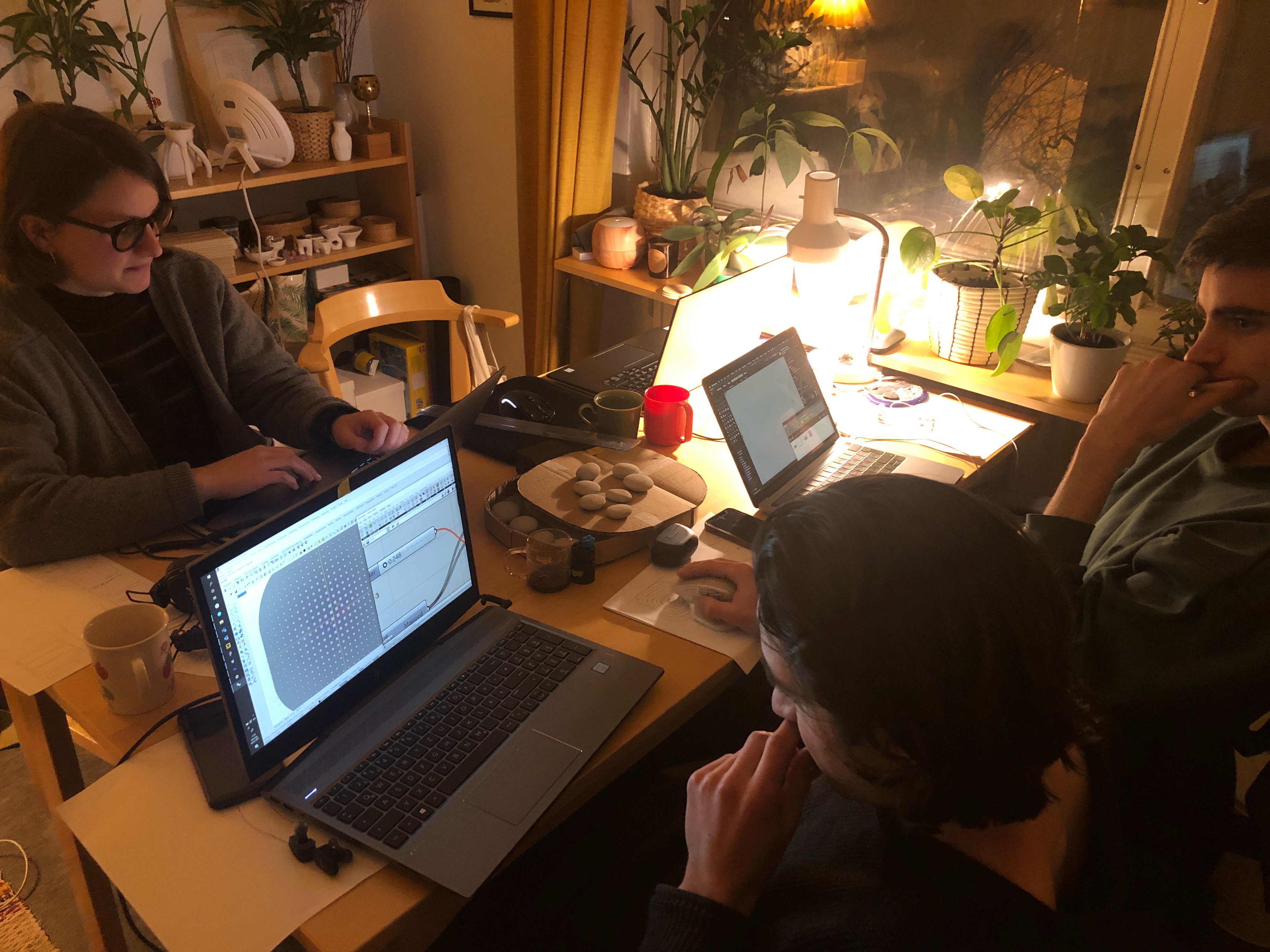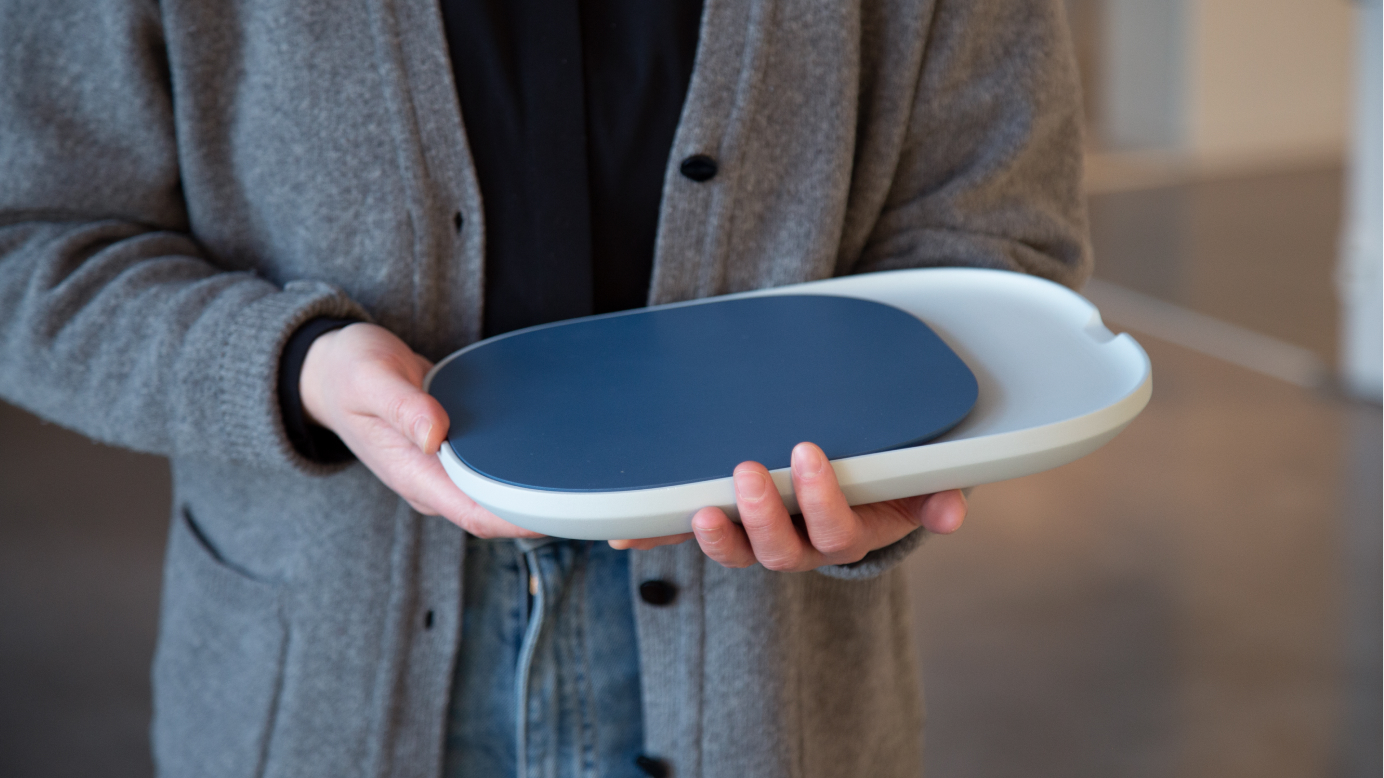
exploring memories through sound
Interactive product design concept to explore past memories using sound layering.
About
The overall aim of the Industrial sound design course was to gain an increased understanding, awareness and experience of how sound can be utilized to enhance the design experience of the form language and user interface of a product.
Our group decided to explore how we could use sound in product design to help therapists in accompanying their dementia patients in exploring past memories through sound reminiscence therapy
Our group decided to explore how we could use sound in product design to help therapists in accompanying their dementia patients in exploring past memories through sound reminiscence therapy

